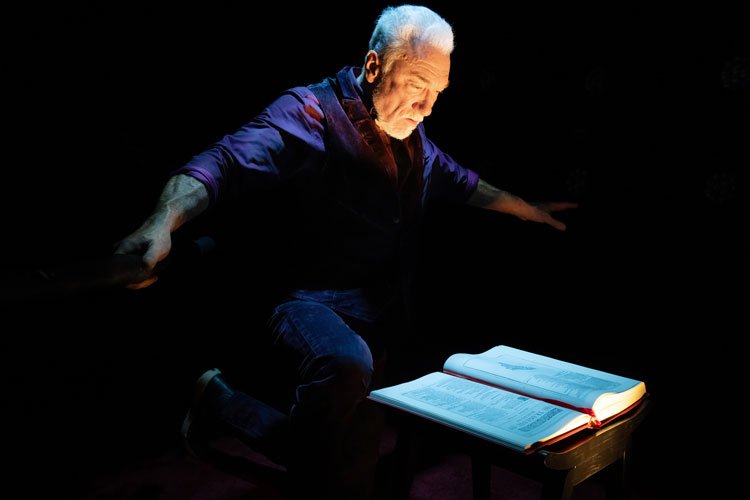Sharang Biswas is a game designer, writer, and artist based in New York City whose stories and poetry have appeared in Nightmare Magazine, Fantasy Magazine, Baffling Magazine, Sana Stories, Strange Horizons, and elsewhere. Look him up on his website. Today, I’m going to look at his two most recent stories that appeared in Lightspeed Magazine, edited by John Joseph Adams. Lightspeed Magazine contents are free to read on the website and e-book subscriptions are also available.
“Real Magic” (Lightspeed Magazine #153, February 2023)
Three townspeople visit the Witch in the Woods to ask for help with their problems. She extracts a different price from each, something either cherished or endemic to the person’s sense of self. Each visitor ultimately finds what they are searching for (or searching for relief from), but not in the way they or the reader expects. The witch uses their ingredients to do real magic. This is a beautifully told story, a fairy tale in style but cloaked in Biswas’ beautiful sense of character and community. Biswas uses the needs of the visitors (and their resolutions) to show that every individual action has an effect outside the moment in which that action is taken or that choice is made. Nothing happens in a vacuum, no one person’s fate is theirs alone. What one person discards (willingly or not) may be picked up by another (who may or may not benefit from it). I also loved how Biswas doesn’t spoon-fed the connections between the villagers’ stories but lets them come out organically and not all at once.
“Season of Weddings” (Lightspeed Magazine #166, March 2024, story goes live on the website March 28th)
Nate receives seven wedding invitations in one year. Okay, two of them are for his job, which is maybe a little less fun than attending as a guest. Especially because it quickly becomes apparent to the reader that Nate is Thanatos, god of death. Sometimes, people die at weddings. Still reeling from his most recent relationship break-up (with Thor, who has moved on to loving a mortal woman), Nate must navigate these weddings, new singlehood, his job, his perhaps too-pushy best friend, and a cute guy he keeps bumping into at the weddings. This story is so sweet, so romantic and wistful. I recognized some of myself in Nate’s self-esteem issues around romance and relationships, which made me connect to the work even more. The world-building is also wonderful, bringing together characters from all sorts of world mythologies and religions but tweaking them in new and interesting ways (for instance, the Thor is this story is neither the “drunken jock” we often see nor the blond-tressed super-hero). I won’t spoil who all shows up, because part of the fun of the story is the reveals of Nate’s friends’ circle. I’m a sucker for “deities and personifications of human concepts walk among us and act like every-day people” types of stories (think the classic issue number eight of Neil Gaiman’s the Sandman, illustrated by Mike Dringenberg, among others), and this one fits the description very well. It also fits very well as a paranormal romance, and I love it when authors blend and blur genres.
I love short fiction, and Sunday Shorts is the feature where I get to blog about it. I’ve considered promising to review a short story every day, but that’s a lot of pressure. And while no one will fault me if I miss days, I’ll feel guilty, which will lead to not posting at all. So better to stick to a weekly post highlighting a couple/three stories, as I’ve done in the past. Click on the Sunday Shorts tab at the bottom of this post to find earlier entries in the series!







